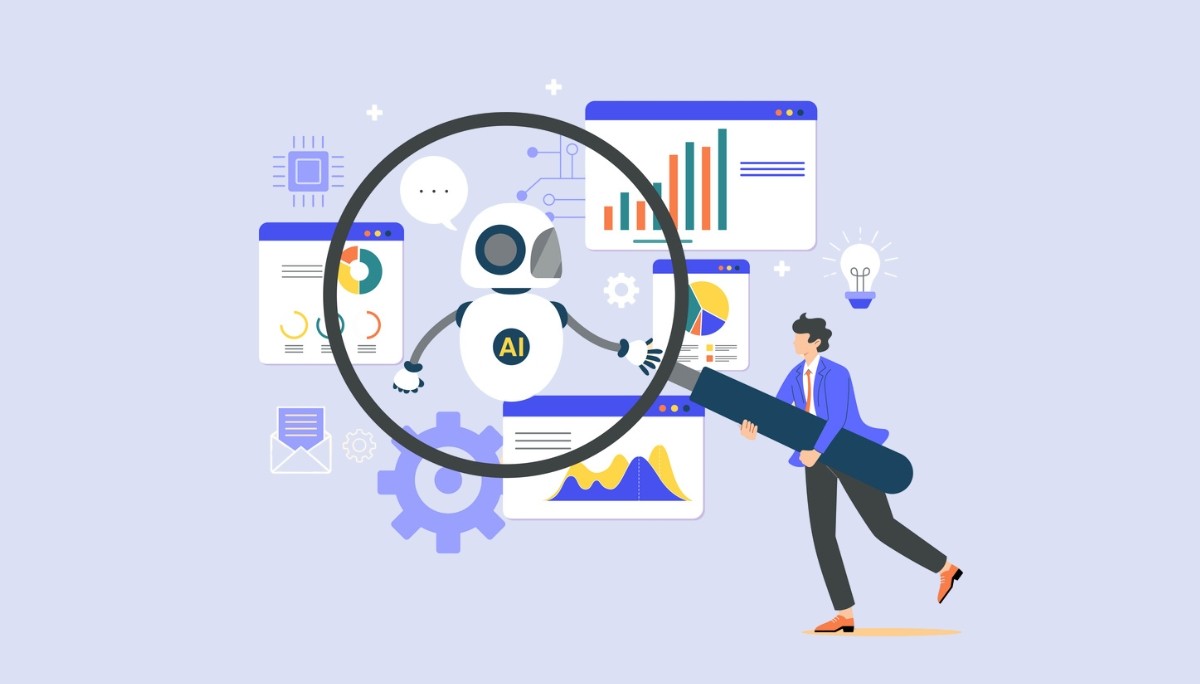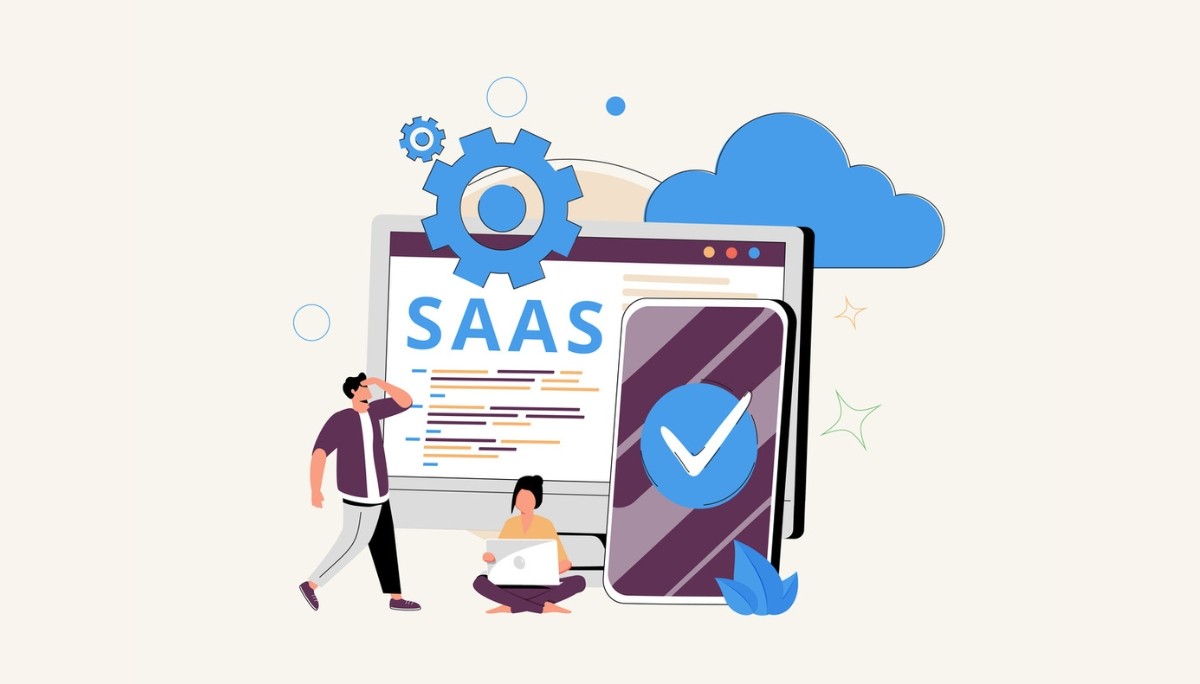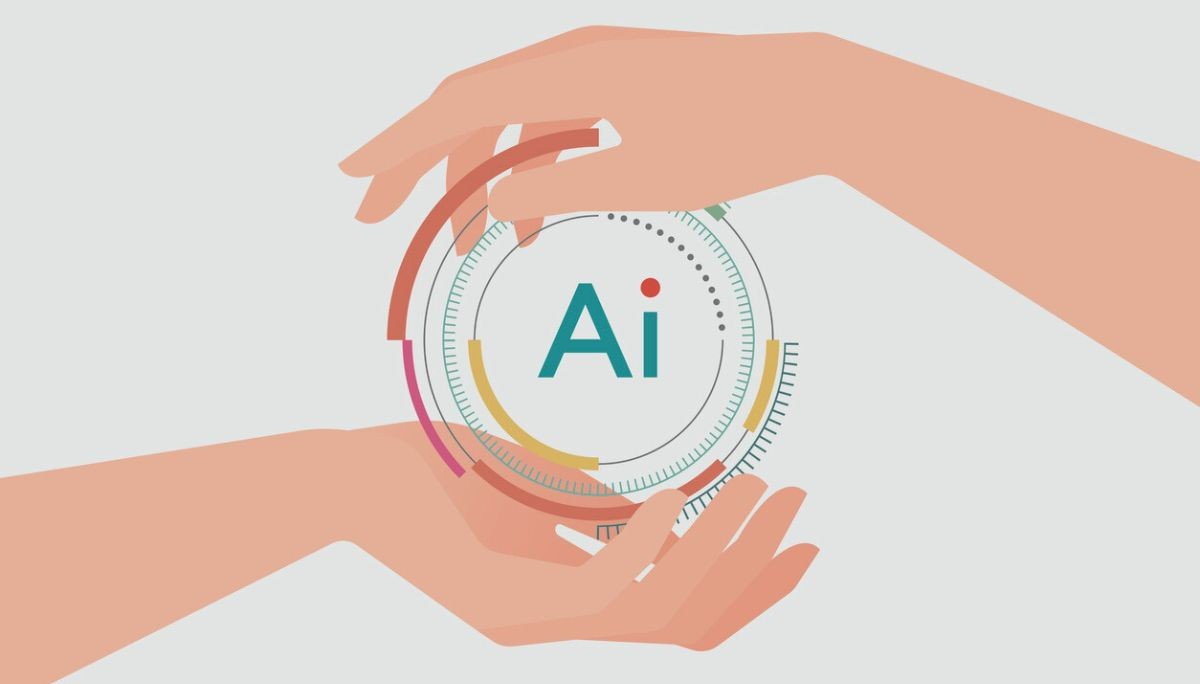Metrics, Frameworks & Tools to Evaluate LLM Performance
By
Liz Fujiwara
•
Oct 16, 2025
LLM evaluation is a crucial process that ensures large language models (LLMs) perform accurately, reliably, and ethically across different applications. As LLMs continue to power tools in areas like content generation, customer support, education, and research, proper evaluation becomes essential to maintain quality and trust.
In this article, we’ll explore what LLM evaluation entails, why it’s important, and how it differs from traditional AI testing. You’ll learn about key evaluation metrics such as accuracy, coherence, factuality, and bias detection, as well as the most effective frameworks and tools used by AI researchers and developers today. Whether you’re an AI practitioner, developer, or product manager, this guide will help you understand how to design and implement effective LLM evaluations that drive consistent performance and responsible AI outcomes.
Key Takeaways
LLM evaluation is crucial for measuring performance across various tasks, ensuring models meet business requirements and improve reliability.
Common evaluation metrics such as Perplexity, BLEU Score, and F1 Score provide valuable insights into LLM performance, while task-specific metrics address unique application needs.
Frameworks and tools like G-Eval and RAGAS enable comprehensive assessments, while continuous online and offline evaluations enhance real-time performance monitoring.
What is LLM Evaluation?

LLM evaluations involve testing and measuring the performance of large language models. This process ensures that these models perform as expected, producing high-quality outputs across various tasks. It helps identify issues, improve models, and verify their effectiveness and reliability through model evaluation.
However, evaluating LLMs comes with challenges. Determining what to measure and how to evaluate them effectively can be complex. The process must be thorough and tailored to specific use cases to meet required standards and deliver desired results in LLM systems.
Why Evaluate Large Language Models?
Evaluating large language models ensures they meet business requirements and handle information correctly. For successful deployment, expected LLM outputs must:
Be accurate
Align with brand voice
Comply with security and safety policies
Fit the intended domain
This thorough evaluation helps make informed deployment decisions.
Regular evaluations identify potential risks, especially for specialized models that might exploit vulnerabilities. These evaluation strategies and approaches determine their suitability for specific tasks and manage associated risks effectively, particularly in complex situations.
Evaluating the outputs of large language models helps build applications that enhance task performance and reliability. This process is crucial for both immediate deployment and long-term improvement, adapting large language models to evolving user needs and technological advancements, ultimately leading to more reliable and effective final outputs.
Evaluation Metrics for LLM Performance

Evaluation metrics measure how well large language models perform across various tasks. When selecting metrics, it’s important to consider factors relevant to specific use cases to ensure a comprehensive and accurate assessment of the model’s performance.
Common metrics include:
Perplexity
BLEU Score
ROUGE
F1 Score
BERTScore
Each provides unique insights into different aspects of LLM performance, including accuracy, relevance, semantic similarity, and LLM observability. Task-specific metrics tailored to distinct applications are also essential for effective evaluation.
Perplexity
Perplexity measures prediction accuracy, indicating how well a model predicts a sequence. A lower score suggests better performance and higher accuracy in predicting the next word. It is particularly useful for assessing the reasoning capabilities of models in complex tasks, ensuring they provide relevant information.
BLEU Score
The BLEU score evaluates text generation accuracy by comparing the overlap of n-grams between generated and reference texts. Primarily used in translation tasks, higher scores indicate a closer match to reference texts. However, the BLEU score may not capture creativity or nuances in text outputs, which can be important in certain applications.
ROUGE
ROUGE measures the quality of generated summaries by evaluating n-gram overlap between generated content and reference summaries. It is particularly useful for assessing LLMs in summarization tasks, ensuring the summaries are accurate and relevant.
F1 Score
The F1 score balances precision and recall, providing a comprehensive performance measure for classification tasks. It is useful in scenarios where both false positives and false negatives are critical, ensuring accurate classification and minimal errors.
BERTScore
BERTScore uses contextual word embeddings to assess semantic similarity between generated and reference texts. It is valuable for evaluating LLM outputs in tasks requiring a deep understanding of context and meaning, such as text generation and translation.
Task-Specific Metrics
Task-specific metrics evaluate LLM performance based on unique application requirements. These metrics target specific use cases, ensuring models meet desired criteria for each task. For instance, the Answer Relevancy metric measures whether an output addresses the input informatively, while the Task Completion metric evaluates whether the LLM successfully accomplishes its assigned task. Other task-specific metrics include Correctness, which evaluates factual accuracy based on ground truth, and Toxicity, which assesses the extent of offensive or inappropriate language. These metrics ensure comprehensive evaluation, addressing all relevant aspects of LLM performance.
Frameworks for LLM Evaluation

Building an evaluation framework ensures a thorough, generalizable, and transparent approach for successful assessments. LLM evaluation metrics quantify performance across various criteria such as accuracy and relevance. Different frameworks, including the LLM evaluation framework, offer unique methods for evaluating performance, each with its own advantages.
Popular frameworks include G-Eval, which focuses on task-specific metrics, and Process Reward Models (PRMs), which evaluate intermediate reasoning steps to enhance assessment. Benchmarking against industry standards like GLUE and SuperGLUE highlights performance relative to peers and identifies areas for improvement.
Retrieval Augmented Generation (RAG)
A RAG system combines a retriever and generator to provide contextually relevant outputs. This combination enhances the relevance and quality of responses, ensuring accurate and contextually appropriate answers. It is particularly useful for tasks requiring precise fine-tuning, relevant context retrieval, and high-quality text generation or entity extraction.
General Language Understanding Evaluation (GLUE)
GLUE evaluates language understanding across nine tasks, providing a single performance summary score. It assesses a model’s ability to handle various topics and complex reasoning, ensuring comprehensive evaluation. With over 15,000 questions, GLUE covers a wide range of language tasks and is crucial for advancing massive multitask language understanding.
SuperGLUE
SuperGLUE challenges models with complex language and reasoning tasks, introducing more sophisticated challenges compared to GLUE. For instance, HellaSwag within SuperGLUE assesses whether LLMs can use common sense to predict subsequent events, ensuring models handle nuanced and complex scenarios effectively.
Online and Offline Evaluations

Online and offline evaluations are crucial for assessing LLM performance. Offline evaluations use predefined datasets to ensure models meet minimum performance criteria before deployment. These evaluations typically occur before and after deployment, ensuring reliability at different stages.
Online evaluations provide continuous, real-time performance monitoring, allowing immediate feedback and adjustments based on user interactions. This ongoing evaluation is critical for understanding functional performance and promptly addressing user issues.
Both methods help identify performance issues by tracking metrics such as latency and user satisfaction, ensuring the model performs effectively in real-world scenarios.
Offline Evaluation
Offline evaluations test models in controlled environments before deployment, ensuring consistent and reliable performance across tasks. Controlled settings minimize variability and optimize the assessment process through the use of test sets and test data. Curated datasets in offline evaluations allow for targeted assessments relevant to the model’s intended application, providing valuable insights into evaluation datasets and performance benchmarks.
Online Evaluation
Online evaluations identify performance issues by tracking metrics like latency and user satisfaction, using specific evaluation criteria and methods. User feedback can be explicit, such as ratings, or implicit, measured through engagement metrics and evaluation scores. Metrics collected during online evaluations inform A/B testing to optimize LLM features and improve the overall user experience.
Human-in-the-loop Evaluation
Human reviewers play a critical role in ensuring the reliability of information produced by LLMs by:
Verifying facts and identifying discrepancies.
Providing the final 20% of accuracy through human involvement to ensure precision.
Applying contextual knowledge when assessing LLM outputs, enhancing the evaluation process.
However, human-in-the-loop evaluation can be resource-intensive due to the need for ongoing oversight. Achieving complete independence in output verification remains challenging, often requiring continual human involvement. As LLMs become more sophisticated, human roles may increasingly focus on training and supervision rather than direct evaluation.
Combining AI and Human Evaluation
Integrating AI judges, known as LLM-as-a-judge, streamlines the evaluation process while maintaining human oversight. Strategic integration of human evaluators and AI is crucial for building trustworthy systems. AI evaluators are fast, capable of processing large amounts of data, and help flag obvious errors before human review.
Using AI for initial evaluations allows human experts to focus on more complex scenarios requiring nuanced understanding. However, applying different evaluation standards for human feedback and AI judges can lead to inconsistent results. A collaborative approach between LLMs and human reviewers enhances evaluation quality, ensuring oversight through LLM-assisted evaluation.
Best Practices for LLM Evaluation

Effective evaluation metrics for LLMs should:
Be quantitative and provide reliable scores that can be monitored over time.
Be chosen appropriately to reflect the specific use case and system architecture.
Integrate both statistical and model-based scorers to increase evaluation accuracy and ensure a comprehensive assessment.
Continuous Assessment of LLM Performance
Ongoing evaluation involves:
Making adjustments based on changes in user expectations or system capabilities.
Monitoring evaluations in production, including logging live requests, evaluating responses, and tracking performance metrics.
Using insights from evaluations to guide improvements in model design and training techniques, ensuring continuous improvement.
Tools to Evaluate LLM Performance
Various tools are available, each offering unique features and benefits:
RAGAS: Integrates with frameworks like LlamaIndex and offers multiple metrics for quality assurance.
DeepEval: Supports regression testing and includes monitoring and red teaming features.
TruLens: Designed for enterprise use, enabling iterative testing and model versioning with minimal code.
LangSmith: Provides a comprehensive lifecycle platform for testing and monitoring LLM applications, including custom dataset collection.
OpenAI Evals: Helps teams create test datasets from real usage and supports performance benchmarking across multiple criteria.
Arize Phoenix: Offers tools for real-time evaluation and experimentation of AI applications, including dataset visualization.
These tools ensure thorough, continuous, and effective evaluation of LLMs, enhancing both performance and reliability.
Introducing Fonzi: The Ultimate Solution for Hiring AI Engineers
Fonzi streamlines the hiring process for AI engineers by:
Connecting companies directly with top-tier, pre-screened candidates, significantly reducing traditional hiring timelines.
Ensuring a faster recruitment cycle, enhancing efficiency.
Offering candidates real-time, salary-backed job offers within 48 hours during structured hiring events known as Match Day.
Operating on a success-based fee model, charging companies only after a successful hire, reducing upfront costs.
How Fonzi Works
Fonzi utilizes a multi-agent AI platform to enhance hiring efficiency by:
Allowing companies to secure AI engineers in a fraction of the typical time.
Supporting real-time evaluations of candidates during Match Day events.
Automating initial screening tasks to enhance the candidate experience.
Enabling recruiters to focus on strategic interactions.
Fonzi delivers structured evaluations with built-in fraud detection and bias auditing, ensuring only the best candidates are matched with companies.
Why Choose Fonzi?
Fonzi targets elite engineers and matches them with high-demand companies, optimizing the fit for both parties. The platform offers a unique Match Day event where companies can make immediate, salary-backed offers. Most hires occur within three weeks, preserving and elevating the candidate experience. Supporting both startups and large enterprises, Fonzi accommodates hiring needs from the first AI hire to the 10,000th.
Summary
Evaluating large language models is a complex but essential process that ensures these models meet business requirements, produce high-quality outputs, and perform tasks effectively. Using a combination of evaluation metrics, frameworks like GLUE and SuperGLUE, and both online and offline evaluations provides a comprehensive assessment of LLM performance. Human-in-the-loop evaluation, along with strategic integration of AI and human evaluators, further increases the reliability and precision of LLM outputs.
With tools like Fonzi, hiring AI engineers becomes streamlined, efficient, and effective. By connecting companies with pre-vetted candidates and ensuring a high-quality hiring experience, Fonzi supports the growth and success of AI-driven enterprises. Using these best practices and tools ensures that both your LLMs and AI teams are set up for success.




